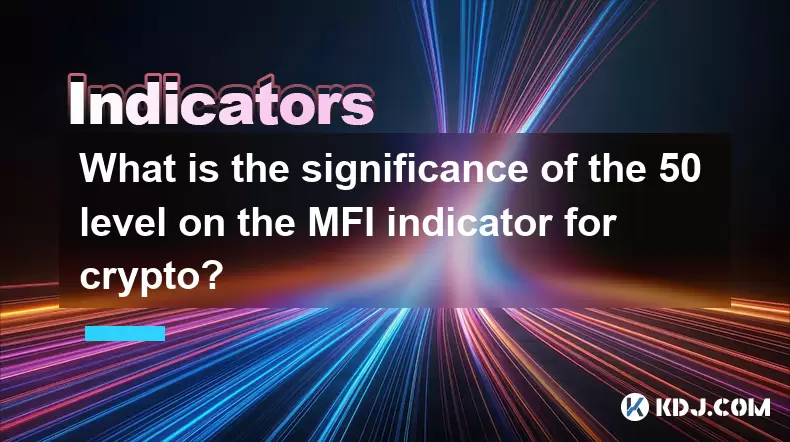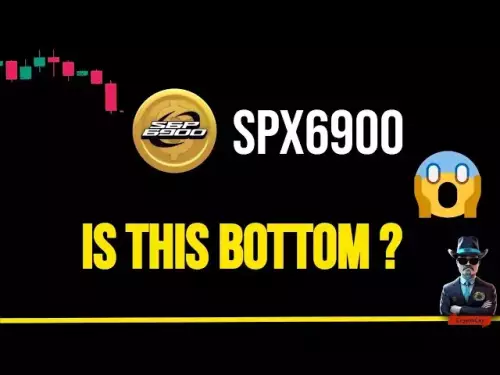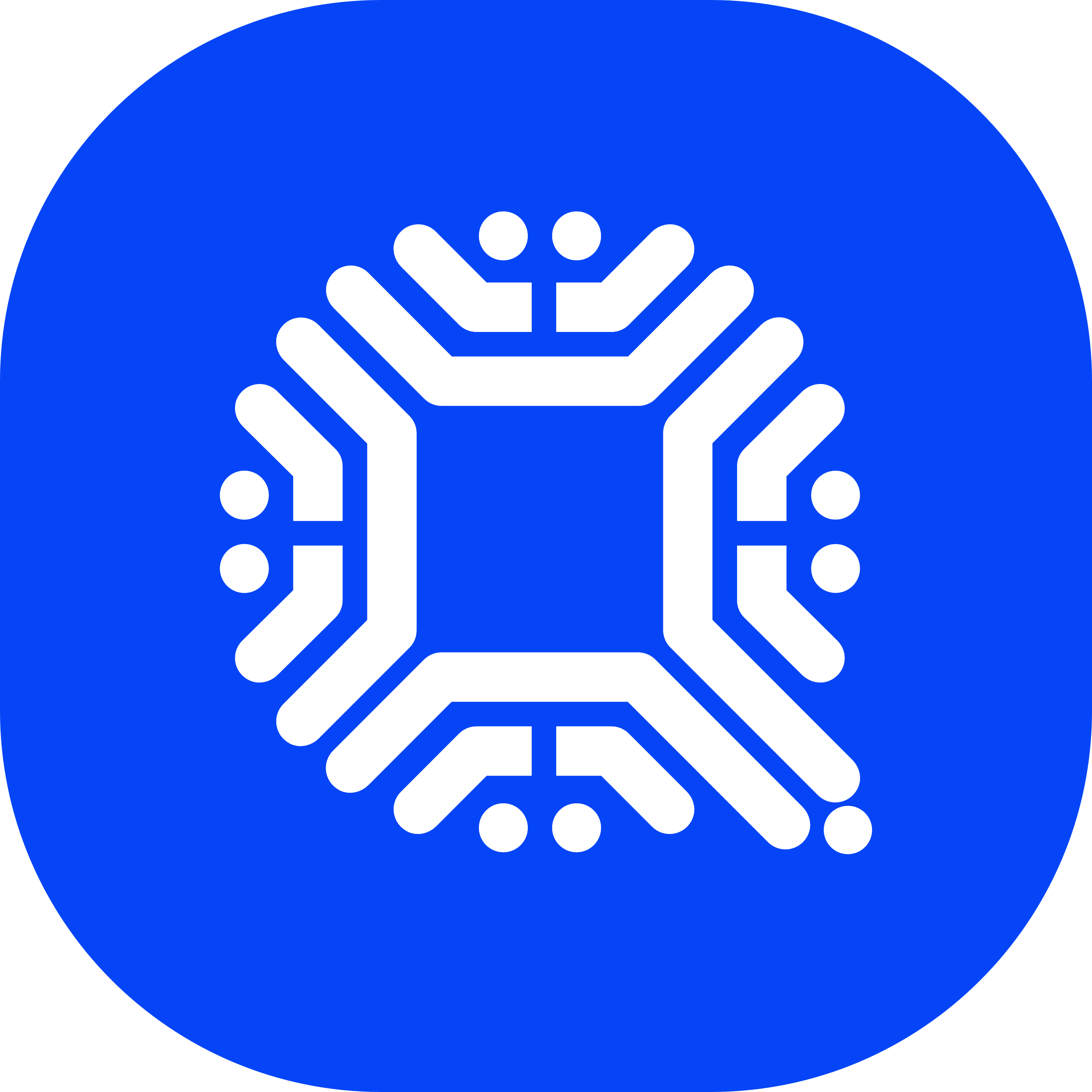-
 Bitcoin
Bitcoin $113100
-1.74% -
 Ethereum
Ethereum $4800
1.16% -
 XRP
XRP $3.041
0.36% -
 Tether USDt
Tether USDt $0.9999
0.02% -
 BNB
BNB $876.6
-0.40% -
 Solana
Solana $205.1
0.96% -
 USDC
USDC $0.0000
0.00% -
 Dogecoin
Dogecoin $0.2345
-0.10% -
 TRON
TRON $0.3629
0.40% -
 Cardano
Cardano $0.9260
1.91% -
 Chainlink
Chainlink $26.20
0.28% -
 Hyperliquid
Hyperliquid $46.04
2.89% -
 Sui
Sui $3.722
0.22% -
 Stellar
Stellar $0.4113
-0.53% -
 Ethena USDe
Ethena USDe $1.000
0.03% -
 Bitcoin Cash
Bitcoin Cash $590.3
0.39% -
 Avalanche
Avalanche $25.82
-0.01% -
 Hedera
Hedera $0.2504
-0.92% -
 Litecoin
Litecoin $119.1
-1.33% -
 UNUS SED LEO
UNUS SED LEO $9.598
0.03% -
 Toncoin
Toncoin $3.315
-1.69% -
 Shiba Inu
Shiba Inu $0.00001308
-1.02% -
 Uniswap
Uniswap $11.06
-2.10% -
 Polkadot
Polkadot $4.149
-1.10% -
 Dai
Dai $1.000
0.03% -
 Aave
Aave $350.7
-1.07% -
 Cronos
Cronos $0.1587
0.97% -
 Bitget Token
Bitget Token $4.664
-0.71% -
 Monero
Monero $274.5
3.42% -
 Ethena
Ethena $0.7021
-4.70%
What is the significance of the 50 level on the MFI indicator for crypto?
The MFI indicator’s 50 level acts as a key trend filter in crypto trading, with readings above signaling buying pressure and below indicating selling dominance.
Aug 10, 2025 at 07:56 am

Understanding the MFI Indicator in Cryptocurrency Trading
The Money Flow Index (MFI) is a technical analysis oscillator used widely in cryptocurrency trading to measure the strength and direction of money flowing in and out of an asset. It combines price and volume data to assess buying and selling pressure. The MFI oscillates between 0 and 100, making it similar to the Relative Strength Index (RSI), but with the added dimension of volume. This volume-weighted aspect makes MFI particularly useful in the crypto market, where volume spikes can signal strong sentiment shifts. Traders use the MFI to identify potential reversals, confirm trends, and detect divergences between price action and momentum.
The 50 level on the MFI scale is a critical threshold that separates buying pressure from selling pressure. When the MFI is above 50, it indicates that positive money flow dominates, suggesting that buyers are in control. Conversely, when the MFI is below 50, it signals negative money flow, meaning sellers are exerting more influence. This neutral zone acts as a dynamic equilibrium point, helping traders gauge the underlying momentum behind price movements in volatile crypto assets.
How the MFI Indicator is Calculated
To fully appreciate the importance of the 50 level, understanding the calculation of the MFI is essential. The process involves several steps:
- First, compute the Typical Price for each period using the formula: (High + Low + Close) / 3.
- Next, determine the Raw Money Flow by multiplying the Typical Price by the volume for that period.
- Then, classify each period as either positive or negative money flow based on whether the Typical Price rose or fell compared to the previous period.
- Calculate the Money Ratio over a specified period (usually 14) by dividing the sum of positive money flows by the sum of negative money flows.
- Finally, derive the MFI using the formula: MFI = 100 – (100 / (1 + Money Ratio)).
This volume-based calculation gives the MFI greater sensitivity to shifts in market sentiment than price-only oscillators. The resulting value, bounded between 0 and 100, allows the 50 level to serve as a pivotal reference point between bullish and bearish dominance.
Interpreting the 50 Level as a Trend Filter
In cryptocurrency trading, the 50 level on the MFI is often used as a trend filter to validate the strength of a price move. When the MFI crosses above 50, it suggests that buying volume is increasing, reinforcing upward price momentum. This can be especially useful during breakout attempts, where confirmation from volume-based indicators like MFI adds credibility to the move.
- A sustained MFI above 50 during an uptrend indicates consistent accumulation by buyers.
- A drop below 50 amid rising prices may signal weakening momentum, even if the price continues to climb.
- In downtrends, an MFI remaining below 50 confirms ongoing distribution and selling pressure.
Traders often combine this signal with moving averages or support/resistance levels. For instance, if Bitcoin is testing a resistance zone and the MFI is below 50, it may suggest lack of conviction among buyers, increasing the likelihood of rejection.
Using the 50 Level for Entry and Exit Signals
The 50 level can also function as a dynamic trigger for trade execution in crypto markets. While not a standalone signal, it enhances the reliability of entries when used in conjunction with other tools.
- When the MFI crosses above 50 after a period of consolidation, it may indicate the start of a new bullish phase.
- A cross below 50 following an uptrend could warn of a potential reversal or pause.
- In ranging markets, price movements accompanied by MFI above 50 are considered more reliable for long positions.
For example, if Ethereum’s price breaks above a key resistance level and the MFI simultaneously moves above 50, this confluence increases the probability of a successful breakout. Conversely, if the price rises but the MFI stays below 50, the rally may lack volume support and could be short-lived.
Some traders use crossovers of the 50 level in combination with candlestick patterns or moving average convergence. A bullish engulfing pattern forming at support with MFI crossing above 50 provides a stronger buy case than either signal alone.
Spotting Divergences with the 50 Level as a Reference
Divergence analysis is a powerful application of the MFI, and the 50 level often acts as a baseline for identifying weakening trends. A bearish divergence occurs when the price makes higher highs but the MFI fails to surpass 50 or shows lower highs, indicating diminishing buying pressure. This is a cautionary sign, especially in overbought conditions (MFI > 80).
- If Bitcoin reaches a new high but the MFI peaks below 50 on the second leg up, it suggests the rally lacks volume support.
- A bullish divergence happens when the price makes lower lows but the MFI holds above 50 or forms higher lows, signaling that selling pressure is waning.
These divergences are more reliable when they occur near extreme MFI levels (above 80 or below 20), but the 50 level still provides context. For instance, an MFI that repeatedly fails to break above 50 during attempted rallies may indicate a persistent bearish bias, even if price fluctuates.
Common Misinterpretations and Best Practices
While the 50 level is a valuable reference, it is not a guarantee of price direction. Misinterpreting MFI signals can lead to premature entries or exits. One common mistake is treating every cross above or below 50 as a trade signal without considering the broader context.
- Avoid acting on MFI 50 crossovers during low-volume periods or sideways markets.
- Confirm signals with price action, such as breakouts or candlestick patterns.
- Use longer timeframes (4-hour or daily) to reduce noise, especially in highly volatile altcoins.
Additionally, the MFI is most effective when combined with other indicators like Bollinger Bands, MACD, or on-chain metrics. For instance, a rising MFI above 50 accompanied by increasing exchange outflows on Glassnode may reinforce a bullish thesis for a cryptocurrency.
Frequently Asked Questions
Can the MFI 50 level be used in sideways crypto markets?
Yes, but with caution. In ranging markets, the MFI frequently oscillates around 50, making crossovers less reliable. Instead of trading every cross, focus on MFI behavior at support and resistance. For example, if the price bounces from support and the MFI moves above 50, it may confirm short-term bullish momentum within the range.
Is the 50 level equally significant across all cryptocurrencies?
The principle holds for all cryptos, but effectiveness varies with liquidity and volume. Major assets like Bitcoin and Ethereum exhibit more reliable MFI signals due to consistent volume. Low-cap altcoins with erratic volume may produce false crossovers, so always verify with on-chain or order book data.
How does the MFI 50 level differ from the RSI 50 level?
While both oscillators use 50 as a midpoint, the MFI incorporates volume, making it more sensitive to actual capital movement. The RSI 50 level reflects price momentum only. In crypto, where pump-and-dump schemes occur, MFI’s volume component helps filter out price moves not backed by real money flow.
Should I adjust the MFI period when focusing on the 50 level?
The default 14-period setting works well for most scenarios. Shortening the period (e.g., to 9) makes the MFI more responsive, causing more frequent crosses above and below 50—this increases noise. Lengthening it (e.g., to 21) smooths the line but may delay signals. Stick to 14 unless backtesting shows a better fit for a specific asset.
Disclaimer:info@kdj.com
The information provided is not trading advice. kdj.com does not assume any responsibility for any investments made based on the information provided in this article. Cryptocurrencies are highly volatile and it is highly recommended that you invest with caution after thorough research!
If you believe that the content used on this website infringes your copyright, please contact us immediately (info@kdj.com) and we will delete it promptly.
- MAGACOIN Finance: Can This Crypto Presale Deliver Explosive Gains?
- 2025-08-25 09:25:14
- XRP Price, Solana, and Meme Coins: What's Hot in the Crypto Streets?
- 2025-08-25 09:25:14
- Cardano, Bitcoin, and Presales: Navigating the 2025 Crypto Landscape, MAGACOIN FINANCE in Focus
- 2025-08-25 09:30:12
- Hyperliquid, WLFI-USD, and DeFi Equity: A Deep Dive
- 2025-08-25 09:45:22
- BlockDAG: A Layer 1 Solution Thriving in a Volatile Market
- 2025-08-25 10:05:22
- Ripple's RLUSD and Japan's Regulation: A Match Made in Digital Finance Heaven
- 2025-08-25 07:05:29
Related knowledge

What does it mean when the +DI and -DI cross frequently in the DMI indicator but the ADX is flattening?
Aug 11,2025 at 03:15am
Understanding the DMI Indicator ComponentsThe Directional Movement Index (DMI) is a technical analysis tool composed of three lines: the +DI (Positive...

What does the sudden appearance of a "dark cloud cover" candlestick pattern during an uptrend indicate?
Aug 13,2025 at 11:35am
Understanding the 'Dark Cloud Cover' Candlestick PatternThe dark cloud cover is a bearish reversal pattern in technical analysis that typically appear...

What does it mean when the moving average, MACD, and RSI all send buy signals simultaneously?
Aug 11,2025 at 01:42pm
Understanding the Convergence of Technical IndicatorsWhen the moving average, MACD, and RSI all generate buy signals at the same time, traders interpr...

What does it mean when both the KDJ indicator and the RSI show overbought signals simultaneously?
Aug 13,2025 at 11:35am
Understanding the KDJ Indicator in Cryptocurrency TradingThe KDJ indicator is a momentum oscillator derived from the Stochastic Oscillator, widely use...

What does it mean when the price is trading above the SAR indicator but the red dots are densely packed?
Aug 09,2025 at 11:49pm
Understanding the SAR Indicator and Its Visual SignalsThe SAR (Parabolic Stop and Reverse) indicator is a technical analysis tool used primarily to de...

What does it mean when the candlestick chart forms a "Morning Star" but trading volume is sluggish?
Aug 12,2025 at 06:28pm
Understanding the Morning Star Candlestick PatternThe Morning Star is a three-candle bullish reversal pattern commonly observed in cryptocurrency pric...

What does it mean when the +DI and -DI cross frequently in the DMI indicator but the ADX is flattening?
Aug 11,2025 at 03:15am
Understanding the DMI Indicator ComponentsThe Directional Movement Index (DMI) is a technical analysis tool composed of three lines: the +DI (Positive...

What does the sudden appearance of a "dark cloud cover" candlestick pattern during an uptrend indicate?
Aug 13,2025 at 11:35am
Understanding the 'Dark Cloud Cover' Candlestick PatternThe dark cloud cover is a bearish reversal pattern in technical analysis that typically appear...

What does it mean when the moving average, MACD, and RSI all send buy signals simultaneously?
Aug 11,2025 at 01:42pm
Understanding the Convergence of Technical IndicatorsWhen the moving average, MACD, and RSI all generate buy signals at the same time, traders interpr...

What does it mean when both the KDJ indicator and the RSI show overbought signals simultaneously?
Aug 13,2025 at 11:35am
Understanding the KDJ Indicator in Cryptocurrency TradingThe KDJ indicator is a momentum oscillator derived from the Stochastic Oscillator, widely use...

What does it mean when the price is trading above the SAR indicator but the red dots are densely packed?
Aug 09,2025 at 11:49pm
Understanding the SAR Indicator and Its Visual SignalsThe SAR (Parabolic Stop and Reverse) indicator is a technical analysis tool used primarily to de...

What does it mean when the candlestick chart forms a "Morning Star" but trading volume is sluggish?
Aug 12,2025 at 06:28pm
Understanding the Morning Star Candlestick PatternThe Morning Star is a three-candle bullish reversal pattern commonly observed in cryptocurrency pric...
See all articles

























































































